Week 5 timeline project presentation outline
1. Ancient Greece (800 BCE–146 CE) or Rome (753 BCE-1453 CE) or China (7000 BCE-220 CE) or India (2700 BCE-510 CE)
· Ancient china during the Han Dynasty (7000 bce – 220 ce)
o The first Chinese dictionary was created
o The yellow turbans were a religious cult who attempted to start a civil war
o Paper was invented by Cai Lun. Bamboo, rags, fishing nets, hemp, mulberry tree bark, and water was mixed into a liquid then layed flat thus turning it into paper
o ARTIFACT: Silk Road – ancient trade route that linked China to the western world. China exchanged goods and ideas with Rome. Silk went westward and wools, silver, and gold went east. China received Christianity, Nestorian, and Buddhism via the silk road.
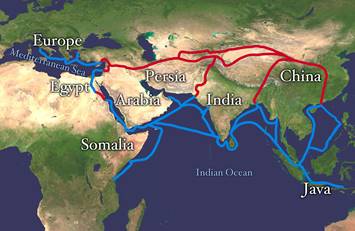
2. Early Hinduism, Buddhism, Judaism, Islam, or Christianity
- Ancient Judaism was the first religion to be monotheistic
o The Babylonian exile – The Babylonian empire conquered Jewish kingdoms and forced many Jews to move to other regions of the empire
o The Second Temple Period is when the temple of Solomon was rebuilt, and many writings would compile what is known as the Torah
o ARTIFACT: Temple of Solomon: The Babylonian empire was conquered by the Persians. Their ruler, Cyrus the Great, allowed the Jews to come back to their homeland. The Jews celebrated by rebuilding the Temple of Solomon that the Babylonians destroyed.
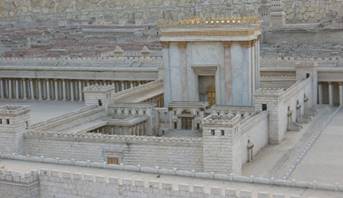
3. Early Christianity was birthed from Judaism which also believed in one god
1. The triumphs of Christianity refer to Christian belief overpowering allegedly false beliefs.
2. Constantine claimed he had dream of a cross and that is how he was able to defeat Maxentius and conquer all the Roman empire
3. Council of nicea – Constantine held a meeting to establish Jesus as a divine being
4. ARTIFACT: Nicene Creed produced by Constantine and the council. It contained a set of rules that all Christians had to abide by. It also established the idea that god was one in three manifestations as the father, son and holy ghost
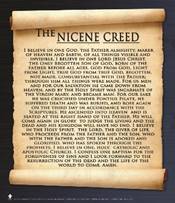
4. Late Middle Ages (1000-1500 CE)
1. The Great Famine was due to lost crops because of heavy rain and the cold. This caused an inflation of food and many people couldn’t afford it.
2. The Hundred Years’ war between England, France and their allies were from 1337 to 1453
3. The Black Death caused by poor hygiene practices along with an infestation of fleas and rodents
4. ARTIFACT: Medieval iron swallowtail arrowhead used in war and for hunting
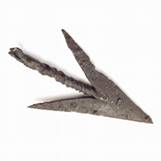
5. Renaissance
1. The crusades encountered advanced civilizations that helped Europe socially.
2. The fall of the Byzantine and Roman empire caused many scholars to move to Europe and they brung many classical texts with them
3. After the black death plague, many people began to focus and enjoy the present moment more, which spawned the humanist philosophy
4. ARTIFACT: The printing press was created by Johannes Gutenberg. It allowed the reproduction of texts. All print material could now be produced in mass quantity
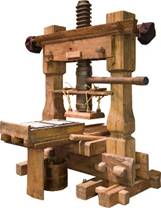
6. Reformation
- Reformation: The printing press help to spread new ideas about individualism that challenged the church
- Martin Luther puts his 95 theses on the door of the Whittenburg Cathedral
- William Tyndale publishes the English bible
- ARTIFACT : 95 THESES produced by Martin Luther was originally 97 theses. It questioned the authenticity of the church as well as the divinityof the scriptures. It helped usher in new thoughts about Christianity.
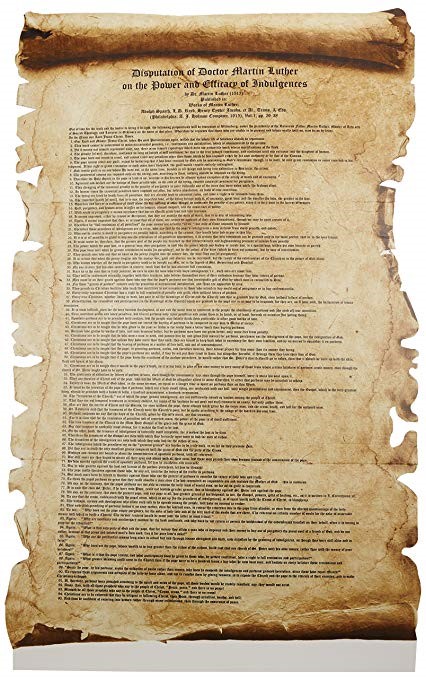
7. Counter Reformation
1. The council of Trent began to meet to discuss the church’s dogma and discipline
2. The Jesuits was formed to convert people back to the catholic church
3. New churches were constructed
4. ARTIFACT: Index of Forbidden Books by church leaders. It consisted of 583 texts that practiced religious heresy. The purpose was to defend Christianity and re establish the catholic church authority.
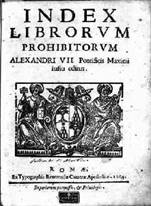
8. Enlightenment/Neoclassicism
- Enlightenment/Neoclassicism – The death of Socrates was painted by Jacques Louis David
- The ideology of the enlightenment spawned the French Revolution
- Rococo is an artistic style that was birthed during this era
- ARTIFACT : Oath of the Horatii painted by Jacques-Louis David. He first presented it in his studio in Rome around 1785. This painting became the model for the new style of painting known as neoclassicism.
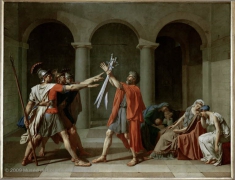
9. Slave trade in Africa or British colonization of India
- European crusaders invaded Africa.
- Africans were taught that their original way of life was evil and Christianity began to be pushed onto them.
- Europe got a surge of resources from Africa that resulted in its development and wealth
- ARTIFACT: Leg Irons were put around the ankles of the enslaved African. These brutal objects prevented them from escaping. It also caused bruises and a lot of blood shed from the ankles.
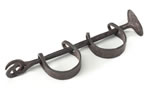
10. Realism (1837–1901)
- The La Comedie Humaine is started by Honore de Balzac. It is a collection of novels and stories about French social life
- The slaves known as serf were finally freed in Russia
- Leo Tolstoy publishes one of the longest novels ever written, War andPeace
- ARTIFACT: War and Peace was very influential in the Realist era. It told the story of Napoleon’s invasion of Russia. It also followed three specific characters and told their individual stories about their life.
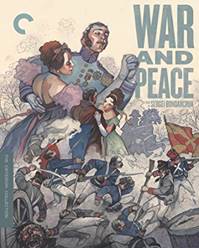
11. Modernism (1902–1945)
- People rejected all religious principles
- Madam CJ Walker invents the hot comb for women’s hair
- The x-ray was invented, and people were able to see more inside the body
- ARTIFACT: The telephone was patented by Alexander Graham Bell. They now transmitted audio energy into electrical energy. People were able to communicate over long distances.
12. Postmodernism (1946–Present)
- The civil rights era commenced, and segregation was abolished as well as blacks were distributed voting rights
- Steve Jobs creates the apple iPhone
- Barack Obama is elected as the first African American President
- ARTIFACT: The concept for the laptop computer was created by Alan Kay. However, the first laptop made available to the public was created by a man name Adam Osborne around 1981. It consists of a tiny computer screen.

References:
https ://www.history.com/topics/ancient-middle-east/ silk-road
https://www.history.com/topics/religion/ zoroastrianism
https://www.khanacademy.org/humanities/monarchy-enlightenment/neo-classicism/a/ neoclassicism-an-introduction

